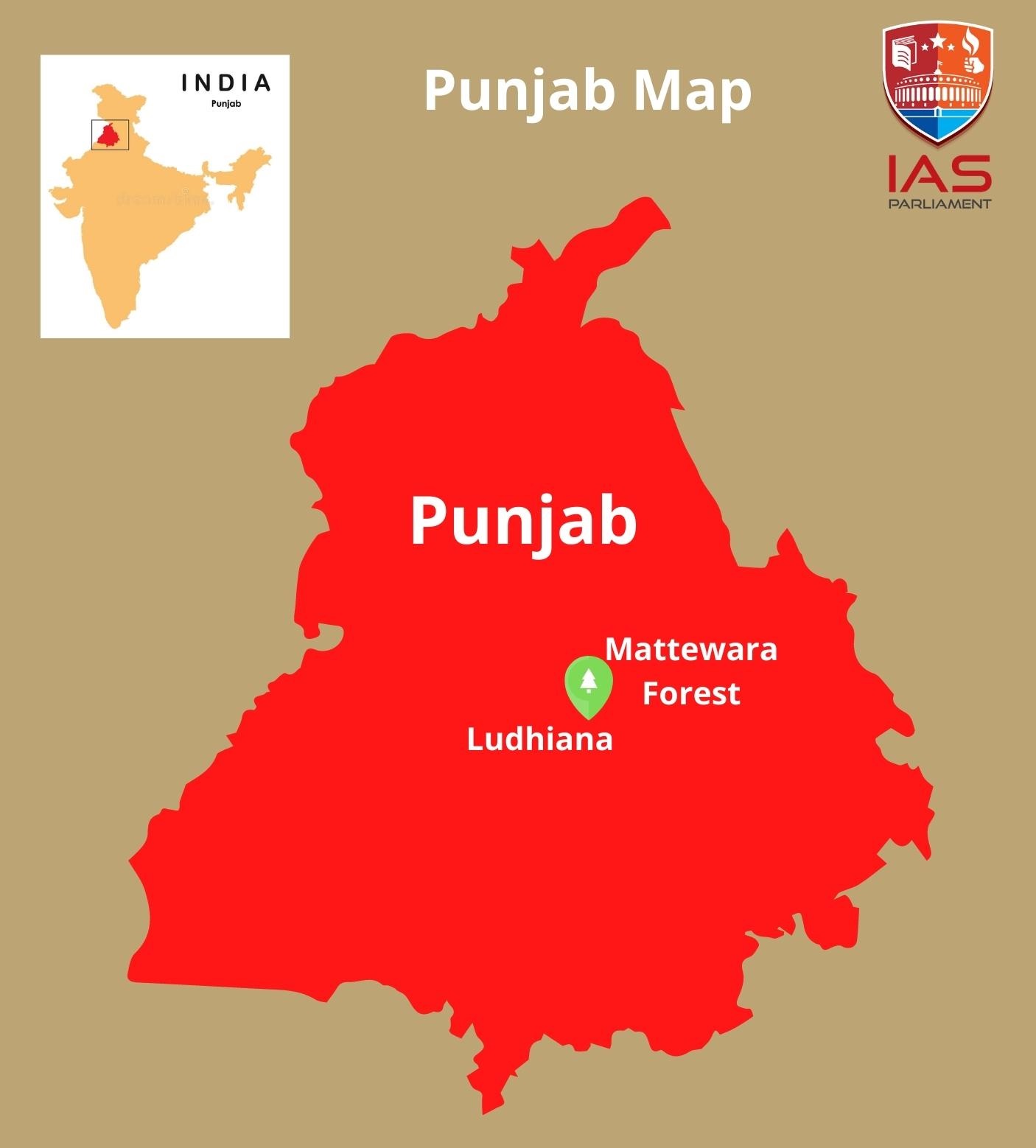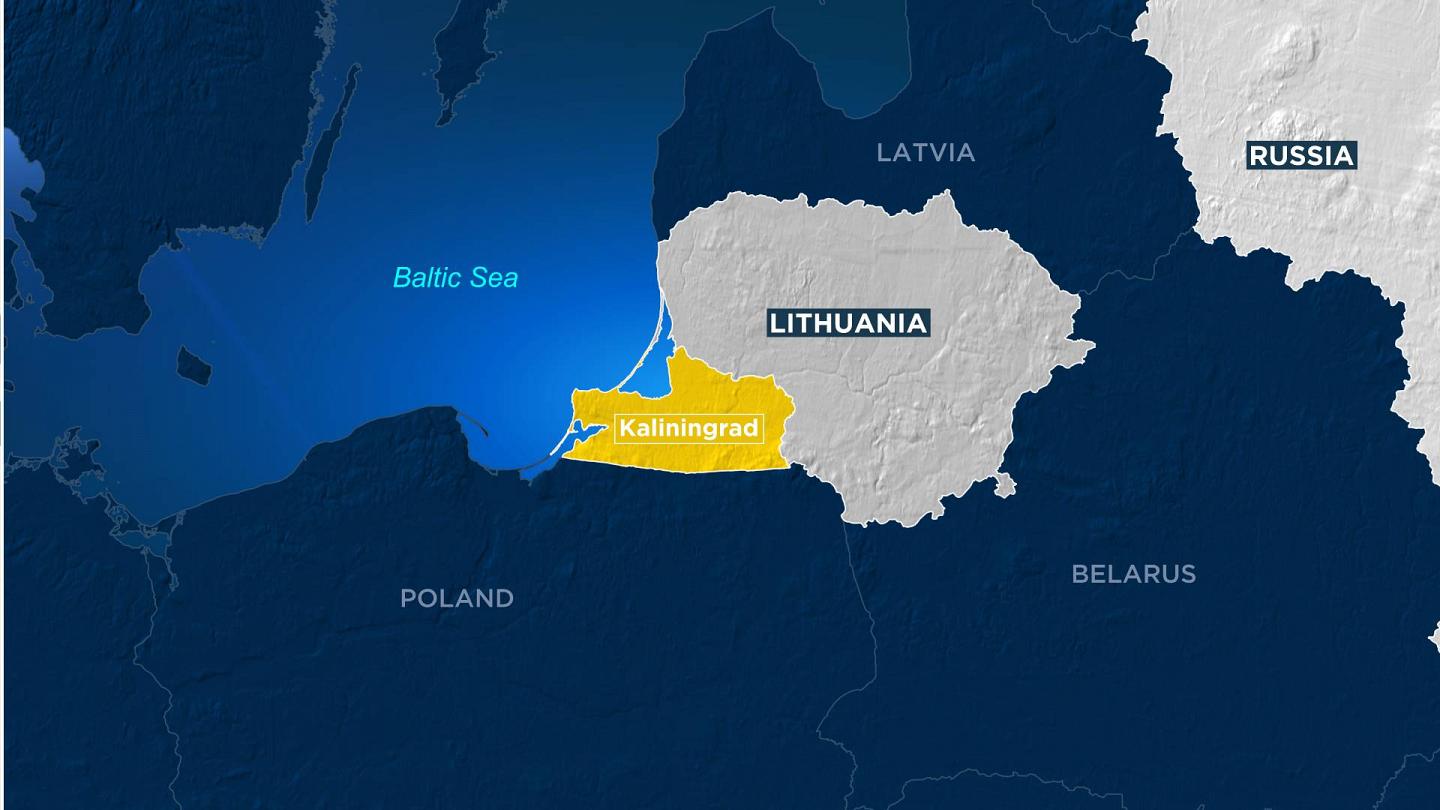Artificial Photosynthesis
Scientists have devised a way to grow plants in complete darkness and create food plants in the dark using “artificial photosynthesis”.
Photosynthesis is the process by which green plants use sunlight to synthesise foods from carbon dioxide and water.
- The researchers grew these plants in complete darkness in an “acetate” medium, which replaces the biological photosynthesis.
- They used a two-step electro-catalytic process to convert carbon dioxide, electricity and water into acetate.
- The food-producing plants then consumed this acetate to grow.
- To convert raw materials like carbon dioxide into acetate, CO2 electrolysers were used.
- This technology can also be used to grow food-producing organisms in the dark including green algae, yeast and fungal mycelium that produce mushrooms.
- Significance - By removing the dependence on the sun, artificial photosynthesis opens possibilities for growing food under the difficult conditions that we could see in the future due to climate change.
- Potentially, droughts, floods and reduced land availability would be less of a threat to global food security if crops could be grown in such controlled and efficient environments.
Reference
- https://indianexpress.com/article/technology/science/scientists-grow-food-in-the-dark-with-artificial-photosynthesis-7998708/
- https://www.sciencedaily.com/releases/2022/06/220623122624.htm
Ecofascism
Ten people were killed when an armed man opened fire at a grocery store in the US. This man’s ideology behind the shooting was “ecofascism” and nationalist socialism.
- Ecofascism is a term used to describe individuals and groups that combines environmentalism with fascist viewpoints and tactics.
- It is rooted in the Nationalist Socialist ideology of the “purity of races”.
- In the book ‘Threat of Ecofascism’ (1995), Michael E. Zimmerman defines ecofascism as a radical movement that calls for “ecologically vital private property to be protected from those who despoil it”.
- Also, ecofascism depicts ecological despoilation as a threat to the racial integrity of people.
- The ideology demands that the society be reorganised in terms of an authoritarian, collectivist leadership principle based on masculinist-martial values.
If ecofascism were to occur, it is likely that it will be in countries that already have a long-term sense of national identity that could be construed as “racial”.
- Ecofascism blames environmental degradation on immigration and overpopulation. It wants to preserve natural resources in developed countries for the historically native population only.
- Ecofascists believe that humans have strained the natural resources on the planet, but some groups, usually people of colour, marginalised communities and minorities, are less deserving to use these resources.
- As such, ecofascism becomes a vehicle to carry racism under the garb of protecting the environment.
- Origin - The idea of mixing eugenics and natural resources first appeared in ‘The Principle of Population’, an essay written by English economist Thomas Robert Malthus in 1798.
- The crux of the Malthusian Theory is that food and other natural resources will not be able to keep up with the demands of the ever-increasing human population.
Reference
- https://www.thehindu.com/news/international/explained-history-of-ecofascismideology-of-the-buffalo-shooting-suspect/article6543891ece
- https://science.thewire.in/politics/government/what-is-ecofascism/
Mattewara Forest
A proposal to set up a Mega Integrated Textile Region and Apparel Park (under the PM-MITRA scheme) in Punjab’s industrial hub, Ludhiana, has been red-flagged by locals, environmentalists and some political leaders.
- The proposed project site is located near the Mattewara forest and on floodplains of river Sutlej.
- Spread over 2,300 acres, the Mattewara forest is located on the banks of the river Sutlej, near Ludhiana.
- It is adjacent to Ludhiana city, reportedly one of the four most polluted cities for Respirable Suspended Particulate Matter (RSPM).
- The Mattewara Forest is often called the lungs of Ludhiana district.
- It is home to several animal and avian species including peacocks, sambhar, antelopes (nilgai), monkeys, wild boar, deer, sambar, etc.
- Related Links - PM-MITRA Scheme

Reference
- https://indianexpress.com/article/explained/explained-a-proposed-mega-textile-park-in-ludhiana-pm-mitra-scheme-facing-opposition-7998940/
- https://india.mongabay.com/2020/09/punjabs-mattewara-forest-and-sutlej-river-under-threat-from-upcoming-industrial-park/#:~:text=Rich%20in%20biodiversity%2C%20low%20in,the%20Forest%20Division%20of%20Ludhiana.
- https://www.theworldsikhnews.com/mattewara-forests-face-destruction-asking-are-we-in-tandem-with-nature/
Blue Deal
The United Nations Conference on Trade and Development (UNCTAD) is promoting a “blue deal” to enable the sustainable use of ocean resources for economic growth at the 2022 United Nations Ocean Conference.
Ocean economy includes fisheries and aquaculture, coastal tourism, maritime transport, offshore renewable energy, ecosystem services and marine genetic resource.
- In 2021, the UNCTAD proposed a ‘Blue Deal’ for global trade, investment and innovation for the post-COVID-19 economy.
- According to the UNCTAD, the ‘Blue Deal’ includes global trade, investment and innovation as a means to create a sustainable and resilient ocean economy.
- This will enable the world to sustainably harness the ocean’s economic, environmental and social value and help us recover better from the COVID-19 pandemic and cushion us against current and future crises.
- Recommendations - The ‘Blue Deal’ lists a set of action-oriented policy recommendations to build a post-COVID-19 Blue Recovery in trade, finance and innovation.
- Some of the recommendations include
- Expanding digitisation efforts to lower costs for business in developing countries,
- Setting up a blue bank for investments, and
- Improving regulations of blue finance.
- These policy recommendations need to be implemented quickly as work towards achieving Sustainable Development Goals (SDG) has been delayed.
All of these suggestions can be seen as a call for a Blue New Deal, as sister to the Green New Deal already gaining political support around the world.
- Benefits - The ocean is home to 80% of the world’s organisms. Currently, the sea facilitates over 80% of the volume of world trade.
- According to the UN organization, the ocean is the “next great economic frontier” as it holds potential for wealth and economic growth, employment and innovation.
- With the Blue deal, the coastal and island developing nations can benefit from the sustainable development of the ocean economy.
- It can create jobs and generate revenue for these nations.
Reference
- https://www.downtoearth.org.in/news/environment/un-ocean-conference-blue-deal-to-enable-sustainable-use-of-ocean-resources-for-economic-development-83484
- https://unctad.org/topic/trade-and-environment/oceans-economy/oceans-conference-2022
- https://www.thedcn.com.au/news/environment/unctad-promotes-blue-deal-at-2022-un-ocean-conference/
Gemcovac-19
GEMCOVAC-19 vaccine against Covid-19 developed at Pune’s Gennova Biopharmaceuticals has got a ‘restricted emergency use’ nod for the 18-and-above age group.
In India, the Drugs Controller General of India (DCGI) gives the ‘Emergency Use Authorization’ for a vaccine.
- The GEMCOVAC-19 is India’s first homegrown mRNA Covid-19 vaccine.
- This version of the vaccine has been developed specifically for the Omicron variant.
- Since this vaccine is given in lower doses, and induces the same efficacy, the instances of adverse side effects were few and self-resolving.
The addressable market for Gemcovac-19 will be booster doses as more than 95% of India has already been vaccinated.
- Storage - This vaccine does not require sub-zero temperatures like its peers to remain stable, but can be transported at 2-8 degrees Celsius.
- It can be stored at the temperature of a standard medical refrigerator.
- The conversion from liquid to powder form of the vaccine takes place via Lyophilisation - this is freeze-drying.
- Lyophilisation is a process where the water is removed from the product after it is frozen and placed under a vacuum allowing the ice to change directly from solid to vapor without passing through a liquid phase.
- Related Links - mRNA Vaccine
Reference
- https://www.business-standard.com/article/current-affairs/india-s-first-mrna-covid-vaccine-will-be-priced-competitively-says-company-122062901001_html
- https://indianexpress.com/article/explained/india-mrna-covid-vaccine-gennova-biopharmaceuticals-gemcovac-7998264/
- https://www.cdc.gov/coronavirus/2019-ncov/vaccines/different-vaccines/mrna.html#:~:text=Messenger%20RNA%20(mRNA)%20vaccines%20teach,serious%20consequences%20of%20getting%20sick.
Kaliningrad
Lithuania, a member of the European Union (EU) and the North Atlantic Treaty Organisation (NATO), banned goods subject to EU sanctions from passing through its territory to the Russian exclave Kaliningrad.
The sanctions were imposed on Russia after it launched an invasion of Ukraine. Sanctioned goods include coal, metals, construction materials and advanced technology.
- Kaliningrad is an exclave of Russia, completely separated from the country’s mainland.
- It is situated between the EU and NATO members Lithuania and Poland.
- Kaliningrad lies on the Pregolya River just upstream from Frisches Lagoon.
- It is the administrative centre of Kaliningrad oblast (region), Russia.
- It is also the headquarters of Russia’s Baltic Sea fleet, and the country’s only ice-free European port.
- Since it does not share a border with Russia, it also relies on the EU for supply of goods.

Stance of Russia and Lithuania
- Even though the goods can be rerouted through the Baltic Sea, Russia has threatened to take measures against Lithuania for implementing a “blockade” and cutting off Kaliningrad.
- Lithuania, however, has said that the decision was taken by the EU and does not reflect the views of the country alone.
- Since Lithuania is a member of NATO, it is protected by “collective defence” which means that an attack on any member of the organisation is an attack on the entire organisation.
- The principle is enshrined in Article 5 of NATO’s treaty.
Reference
- https://www.thehindu.com/news/international/explained-kaliningrad-is-the-new-epicentre-of-the-russia-nato-standoff/article65576290.ece?homepage=true
- https://www.britannica.com/place/Kaliningrad

